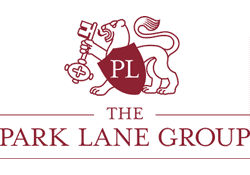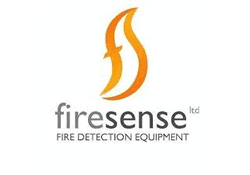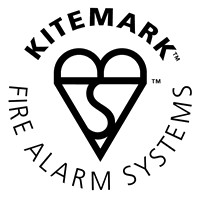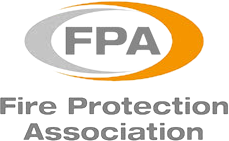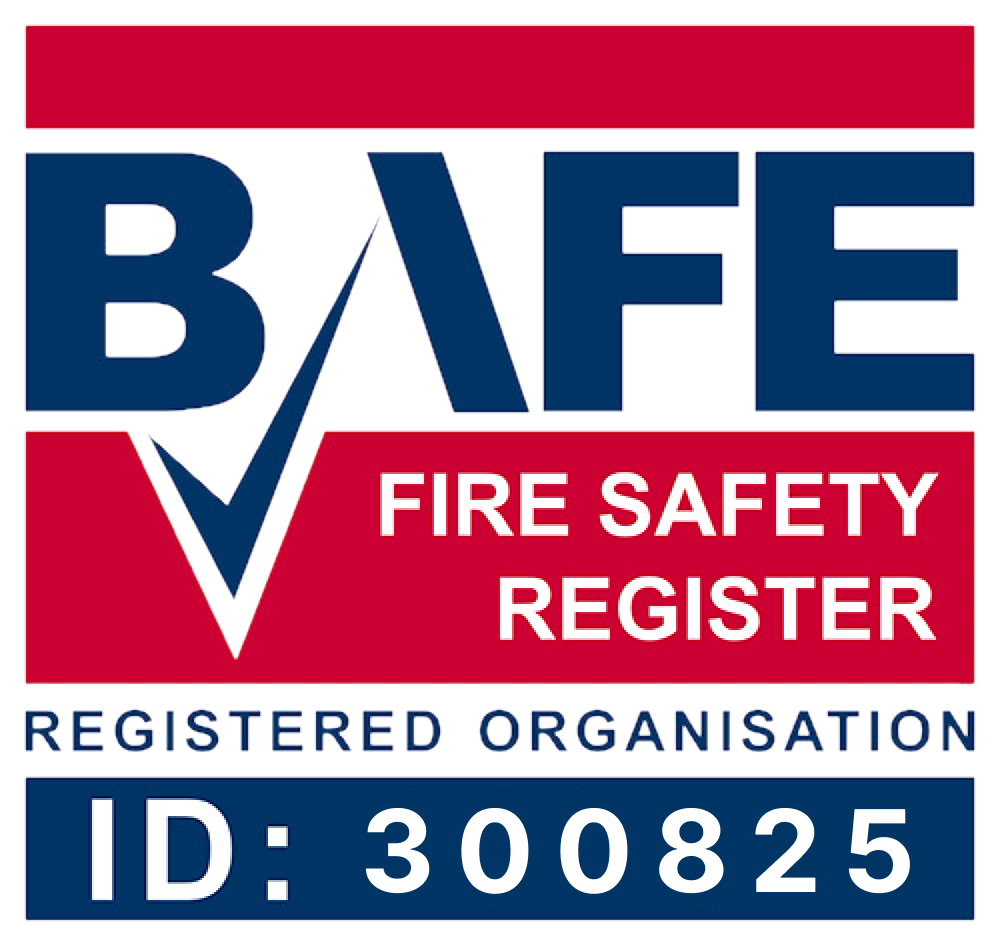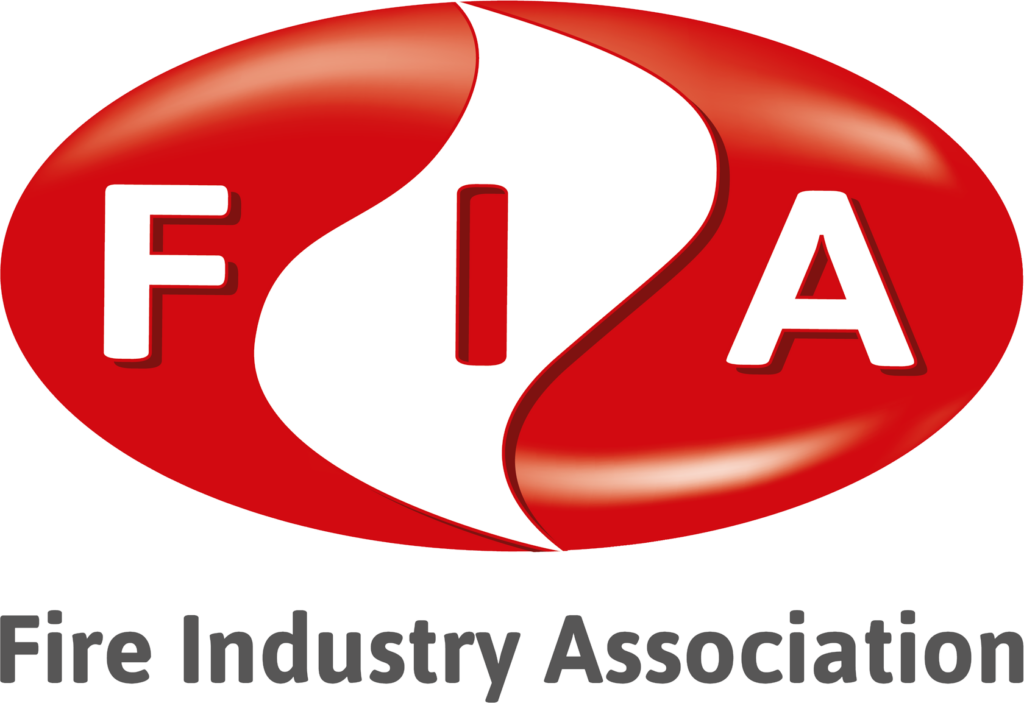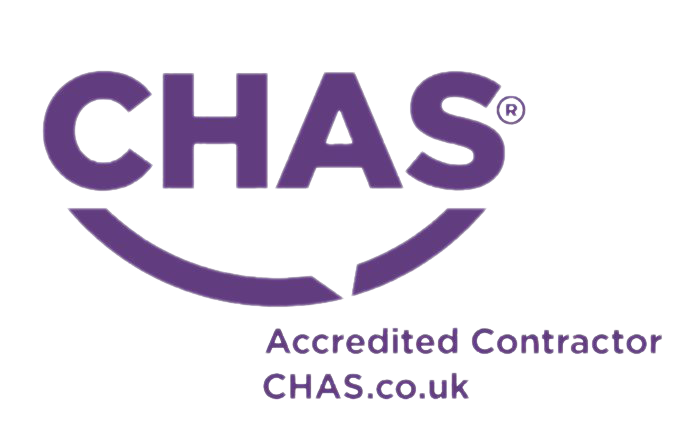Brussels, 18 May 2018: The results of the Independent Review of Building Regulations and Fire Safety (the Hackitt review) released yesterday are insufficient in their recommendations for a robust regulatory system for fire safety in high-rise and high-risk buildings. The report has many good elements focusing on responsibilities and processes for securing compliance. However, securing public safety also requires a clear and unambiguous regulatory framework. The way forward is:
- Significantly improved test methods, based on comprehensive full scale representative testing, conducted in a transparent manner
- Strong prescriptive requirements for high-rise and high-risk buildings leaving no room for ambiguity
- Rigorous independent inspection on job-sites
This is the approach favoured by many EU countries, as it has been documented in Fire Safe Europe’s publications.
The review´s recommendations rely on a fundamentally flawed test methodology: the BS8414 test, which does not adequately reflect real-world conditions. In the real world, façades are not installed perfectly, there are breaks in the façade caused by windows and air ducts, and ultimately systems and materials do not always perform as they might in a laboratory. Therefore, this test cannot provide assurance to residents that the buildings they live in are safe and will remain so. At a minimum, the report should request a review of the BS8414 test to reflect real life conditions and request the government to limit the use of this test method to buildings below 18m. The areas in which the BS8414 test is currently lacking are detailed in an FSEU blog post (see background information below).
The Hackitt review not only has important implications for fire safety in the UK, it also has consequences for fire safety across Europe. The European Commission is due to publish a new testing method to assess the fire performance of building facades which is based on two tests, including the British test (BS8414) and an even weaker German test (DIN4102-20). Once published, this testing method will serve as the basis for a harmonised European standard for facades.
“The EU’s new testing requirement will steer Member States towards an approach that will not guarantee an adequate level of fire safety. Testing methods must reflect real-life fire scenarios and should not be based on assumptions. Ensuring fire safety of residents in high-rise buildings requires robust full-scale testing and requirements for facades”, says Juliette Albiac, Managing Director of Fire Safe Europe.
For high-risk buildings (schools, hospitals, kindergartens, homes for elderly, heritage, etc.) and high-rise buildings, there should be no room for ambiguity: strict and clear regulations are needed. Moreover, all testing information for façade systems must be transparent and fully accessible to architects, fire safety engineers and any interested stakeholder so they can make informed choices.






